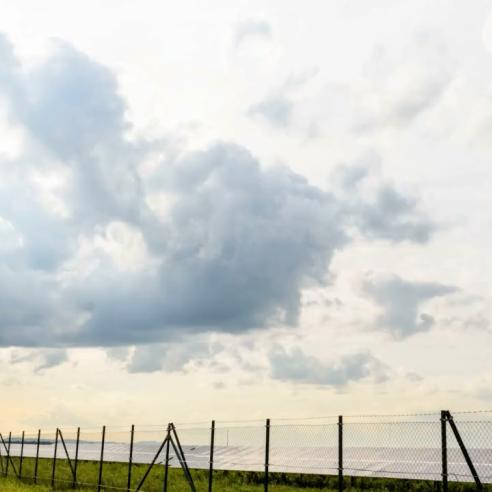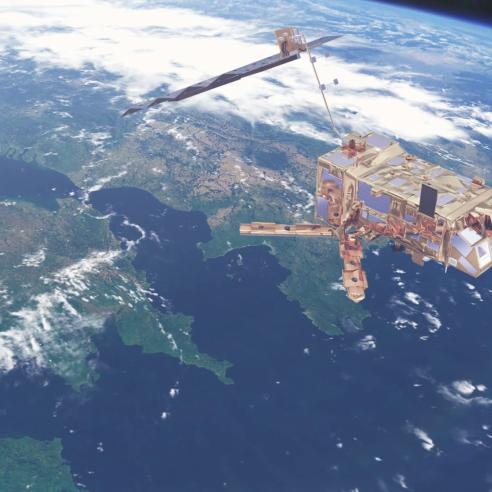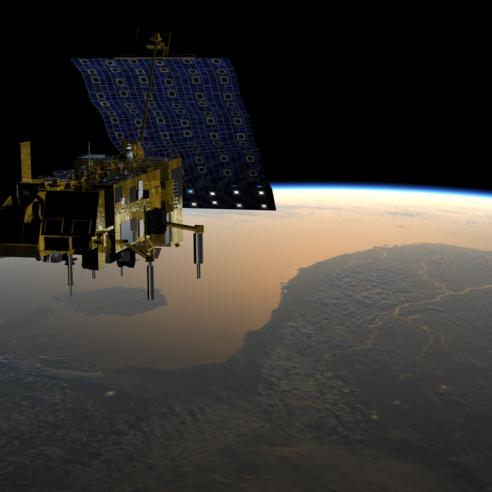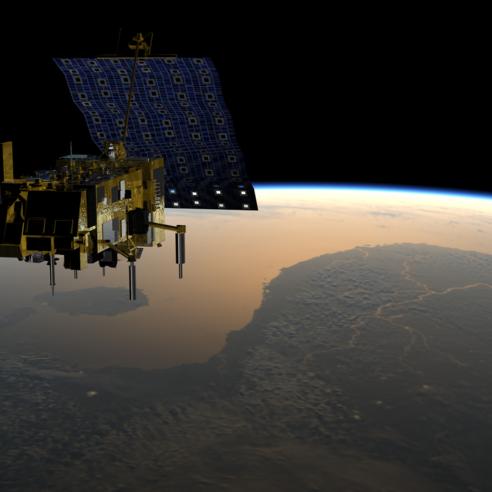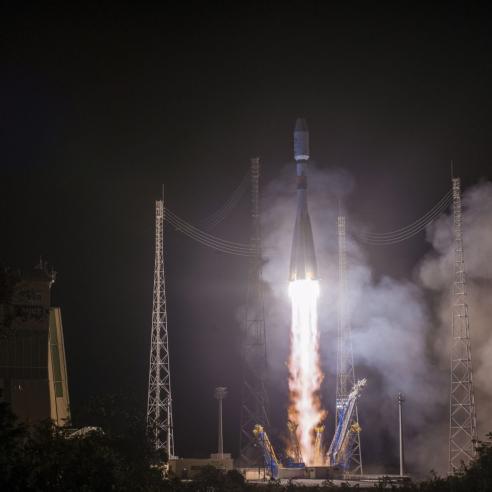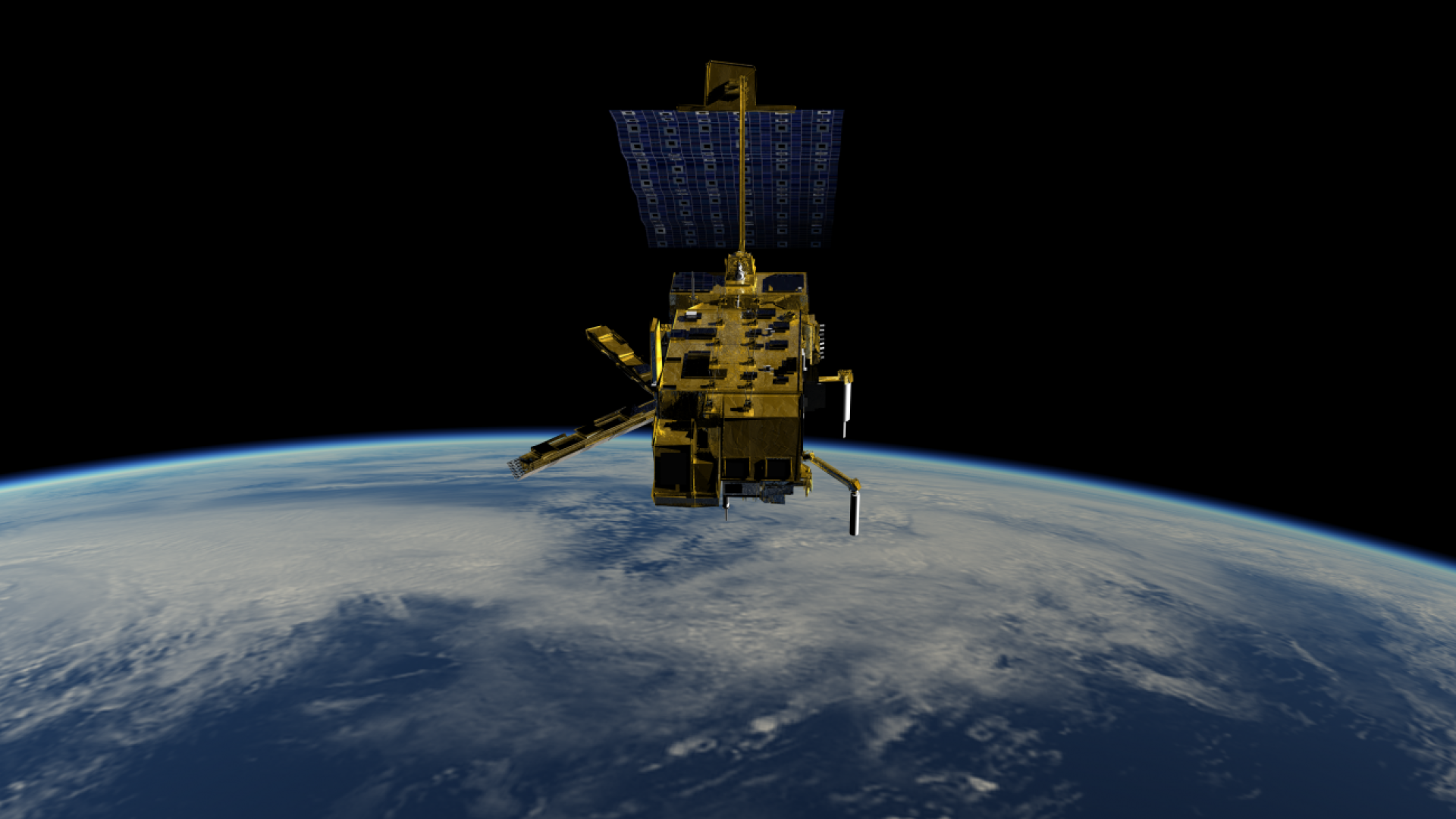
C’s the day!
The Metop-C launch campaign begins.

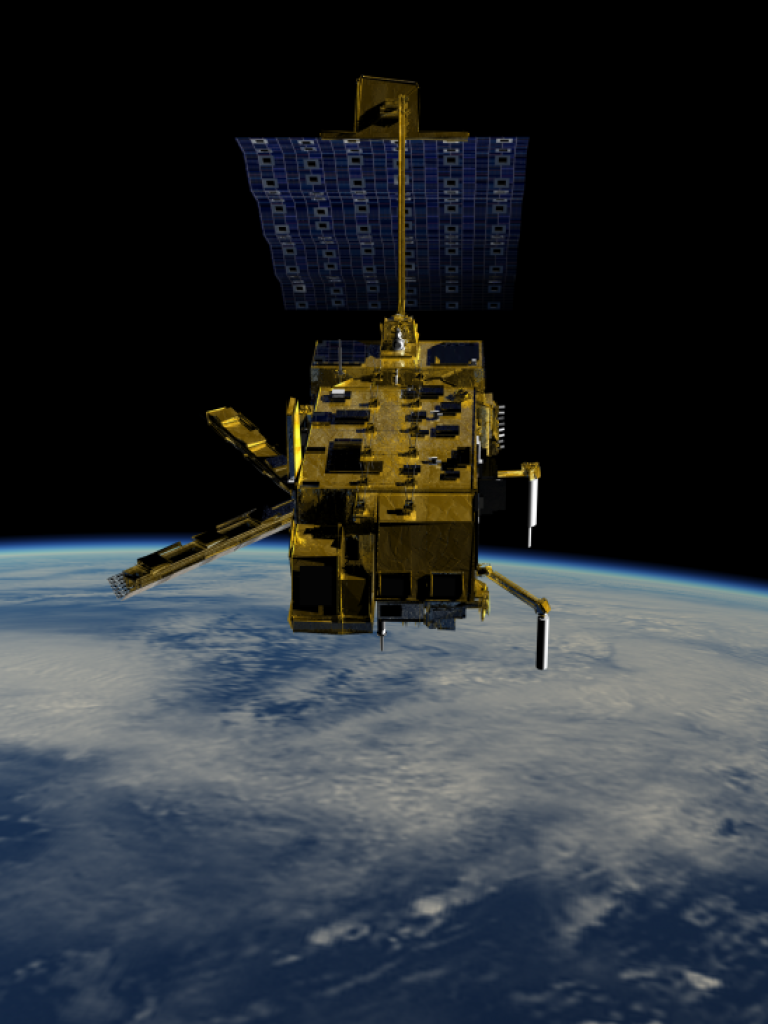
Metop-C – soon to become the latest addition to EUMETSAT’s fleet of meteorological satellites – is currently in Kourou, French Guiana, being prepared for launch in November.
01 November 2023
13 July 2018
As we approach the big day, scheduled for 6 November, the EUMETSAT Science Blog will keep you informed about the process of launching a meteorological satellite – and why this one is so important.
Metop matters
Metop-C is the third and final satellite in the EUMETSAT Polar System to be launched. Its siblings, Metop-A and –B were launched in 2006 and 2012 respectively and continue to make a significant impact on the accuracy of weather forecasts. They also help contribute to our understanding of the Earth’s climate. “Metop satellites remain advanced technology and their instruments are still state-of-the-art,” EUMETSAT EPS Programme Scientist Dr Dieter Klaes said. “Metop satellites remain advanced technology and their instruments are still state-of-the-art," "The data from the Metop satellites are crucial for forecast quality.
Studies have shown that Metop data are responsible for a significant error reduction in one day forecasts. “We expect that adding an additional source of information, when Metop-C is operational, will have an additional positive impact on forecast quality.” The design lifetime for Metop satellites is five years and both Metop-A and –B have exceeded theirs. Despite this, EUMETSAT expects to have a period of about three years when all three Metops are in orbit, before Metop-A finally “retires”. We’ll look at this arrangement, and the contributions already made by Metop-A and –B, in future blogs.
The journey
We take up the story of Metop-C’s journey to the launch pad at the end of another journey – its transport from Airbus facilities in Toulouse, France, were it underwent a series of tests, to Kourou, French Guiana. Three massive Antonov 124-100M aeroplanes – one of the largest cargo planes in the world – were required to bring Metop-C and its ground support equipment to Kourou. These components – the payload module, the service module and the solar arrays - were packed inside special containers to protect the sensitive equipment during the flight, EUMETSAT EPS Programme Manager Manfred Lugert said. “Great care is taken to ensure the components are not damaged,” Manfred said.

“We even arranged to transport the components in a convoy of heavy-load trucks from the airport to the European Space Port CSD after sunset, so that they did not overheat under the tropical Sun.” Manfred said the payload module and the service module have already been mated in a dedicated payload preparation facility at CSG. “This was a complex process of mechanical and electrical integration of the modules,” Manfred said. “The satellite is now powered from the ground support equipment and will undergo a further series of tests to ensure that all of the elements, particularly the meteorological and scientific instruments, survived the journey without damage. “Our team at the EUMETSAT Mission Control Centre and the Launch and Early Operations Phase Control Centre at ESOC will “listen in” to the satellite’s telemetry during this phase to ensure that everything is as it should be.”
These tests involve a truly international effort, with teams from EUMETSAT, ESA, the US National Oceanic and Atmospheric Administration, NASA and the French Space Agency (CNES).
Instrument health check
The functionality of all of Metop-C’s instruments after its long journey to Kourou has been checked and confirmed this week. This was the last activation of all of a Metop first generation satellites’ instruments together on Earth. The next time they are activated is after launch!
(EUMETSAT is currently preparing for the next generation of Metop satellites – Metop-Second Generation. The first of these is expected to be launched in 2022.)




